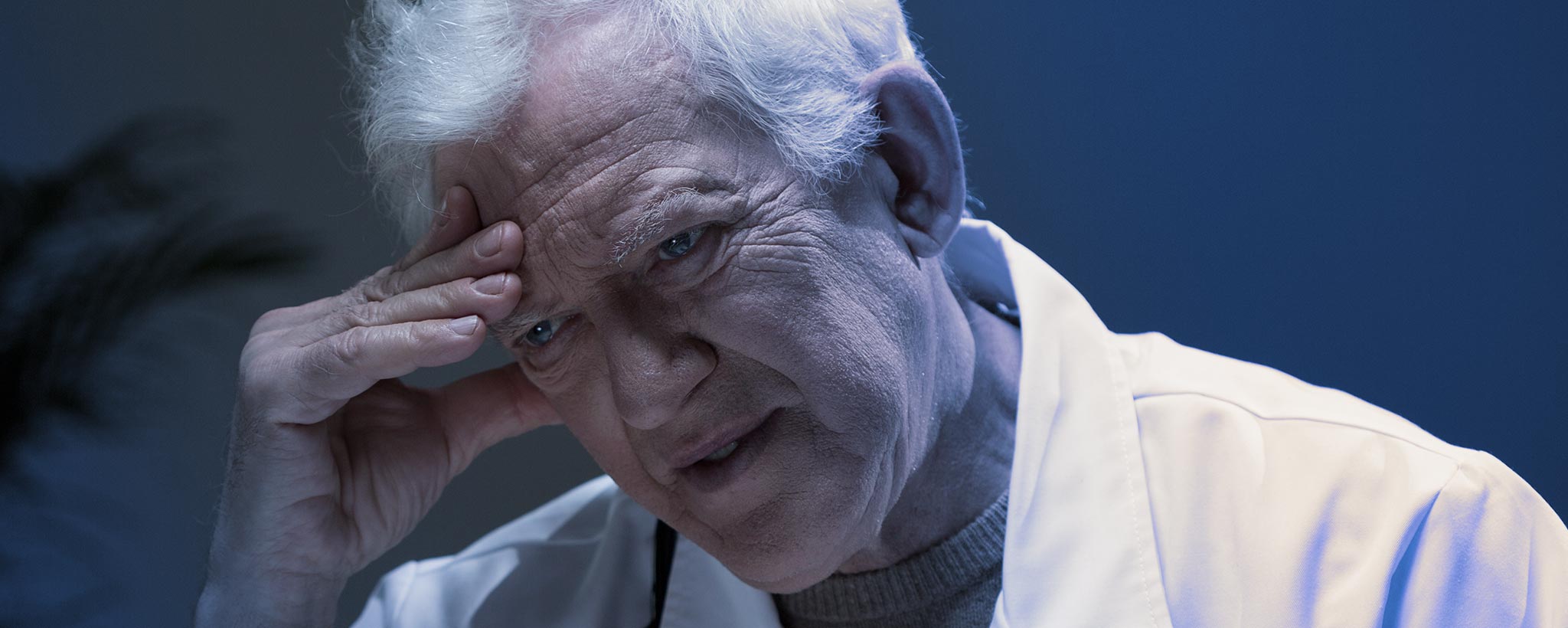This may reveal whether you are creative, fortuitous, or having a psychotic episode.
Difference of Opinion
Out-of-body experiences are most often defined more by one’s social setting than by a scientific explanation. As a result, some people boast about them, while others fear, revere, or even ostracize those who experience them.
When questioned about out-of-body experiences (OBE), my near-death encounter is not the first thing that comes to mind. Nor is it the frightening OBE induced by a prescription drug.
Poll results reveal varying opinions on the definition of an OBE. Before elaborating on personal experiences, let’s get a better understanding of OBEs. Just what are they, and why do some people strive to induce them?
At the brink of subconsciousness, during stage‑1 Non-Rapid Eye Movement (NREM), our minds can flood with bizarre or creative thoughts. Have you attempted to transcribe those hypnagogic hallucinations?
Perhaps you rouse yourself before transcending into the next deep-sleep stage to jot down what you see during this hypnagogia. Maybe you defy sleep to complete a creative piece of art. The “Mind Awake, Body Asleep” state is widely suggested as a cause of out-of-body experiences. [1] With 1,093 registered patents, Thomas Edison used this state to tackle problems while inventing. [2]
Subjective Out-of-Body Experiences

Creative writer Nikki Burdyn says that she judges a true artist by their ability to feel that sense of loss, pain, and frustration, and joy. “To be passionate is to have an out-of-body experience.” [3]
Ten percent of the population claims to have one or more out-of-body experiences during their lifetime. The perception of an OBE can be subjective. A near-death OBE draws gawks and inquisitions from friends and family. Your spouse’s query of an OBE may reference an evening of passion. Augmented reality is a way to simulate OBEs. [4]
A doctor might listen to your ramblings of unexplained symptoms. While thinking “psychotic break from reality,” he asks: “Do you sometimes feel as though you are outside your body?” Considering various interpretations, a discerning patient responds, “In what context?”
When questioned about out-of-body experiences, my thoughts return to a recurring childhood dream. It is so vivid that it blurs the line between fact and fiction.
With an adequate gust of wind, I could float 20 feet above cars, across streams, and valleys. The only thing this has in common with an OBE is the sense of floating. This scrawny child’s secret superpower was escapism. But childhood may play a factor in your experience.
For emotional protection, many of us cloak some childhood memories. We splice together censored vignettes to stage an acceptable drama of our early lives. My sister-in-law was attempting to ascribe meaning to personal devastation. Following her probing questions about family childhood, I became mute. Revisiting that time decades ago, here is how it felt.
Life Review Experience
Like a movie playing fast-forward, my mind is uncontrollably racing with thoughts. It is my semi-sequential childhood. People say they see their whole lives pass before them before death. Is this what’s happening? [5] There is a hyper-awareness of self to the exclusion of my surroundings. Images are flashing so rapidly, there is no room for conscious thought or conversation. With eyes open or shut, the succession of silent pictures continues unabated. An entire day goes by. Then two.
There was grimacing as scenes led up to the tragic death of a sibling. But the sequence continues beyond it. By the third day, I was fatigued. Sleep deprivation heightens my fear that some repressed memory is going to push me over the edge. Am I soon dying or perhaps losing my mind?
Summoned to return to a place that is the genesis of mixed emotions, I get behind the wheel of my car. As the flood of images continues, the automobile appears to be operating itself. With the hope that the madness abates, there is no opposition to destiny.
The episode ends like a motion picture filmstrip flapping on the projector. I find myself facing a true cliffhanger on the edge of a precipice above a canyon. Racing thoughts abate. Exhausted, I return home to a wife perplexed over the extended “silent treatment.”
After some rest, I feel relieved that there are no figurative skeletons in the closet to trigger a permanent psychological breakdown. There is a sense of clarity about aspects of my life previously suppressed.
We splice together censored vignettes to stage an acceptable drama.
“Intrusive thoughts” that one finds hard to switch off are classified as derealization. A study published in the journal Consciousness and Cognition concludes: “Re‑experiencing one’s life events, so-called LRE (life review experience), is a phenomenon with well-defined characteristics, and its sub-components may also be evident in healthy people.” [5]
A life review is a phenomenon where a person rapidly sees much of the totality of their life history in a non-chronological sequence. I wonder whether everyone has a “switch” that disables conscious thoughts and sends us spiraling through an LRE. [6] So a life review experience is not really an out-of-body experience.
The Real Out-of-Body Experience
Are you curious about my drug-induced OBE? Assuming anxiety was the cause of gastrointestinal disorders, a doctor prescribed Xanax in my late twenties to help me relax. After taking one, I begin drifting asleep midday. Though my eyes are closed, there is awareness of myself on the sofa. Someone is at the door, but I am immobile. The door swings open, and a man walks into the living room. He sees me sleeping and stealthily steps behind the sofa.
If I didn’t have anxiety before, I do now! Struggling to regain control of my muscles, I rouse myself and jump to my feet, facing the absent intruder. Spinning around, there is a front door that never opened. With my eyes closed, I was hallucinating events happening with perceived self-location. That prescription with side effects of anxiousness, restlessness, and abnormal dreams was discarded. [7]
Most of the dreams, fantasies, and LRE described here deviate from the classic OBE. “Out-of-body experience” was first mentioned in a 1943 book by British parapsychologist G.N.M. Tyrrell. [8] The term is now the subject of modern researchers. [9] OBE is an alternative label to “astral projection” or “soul travel.” This differs from night terrors [10] that some people experience during NREM Stages 2–3.
Psychologists may regard OBEs as a Dissociative Disorder.
Many patients claim to experience OBE during surgery. There is variation among medical professionals over what an out-of-body experience entails. [11] Some consider them fiction. Neuroscientists and psychologists may regard OBEs as a Dissociative Disorder. [12] This is a group of conditions that involve disruptions or breakdowns of memory, awareness, identity, or perception. Depersonalization/
Dopamine levels elevate with a belief in the supernatural or a deity providing salvation. Michael Shermer makes such a connection while associating OBEs with “agenticity” during the conclusion (16:35) of his TED Talk. [14]
The term out-of-body experience dates back to 1943, by Tyrrell in his book Apparitions. Later, it was adopted by researchers. It typically involves a sensation of floating outside one’s body and, in some cases, the feeling of perceiving one's external co-location of one’s physical body (autoscopy). An OBE often involves a heightened sense of awareness that potentially enhances creative thoughts or perception. This awareness can be intellectual, creative, or bizarre.
OBEs can be induced by sensory deprivation, brain trauma, dissociative and psychedelic drugs, extreme physical exertion, dehydration, sleep, and electrical brain stimulation. Testing the phenomenon, neuroscientists from Sweden’s Karolinska Institutet created an out-of-body illusion.
Subjects with head-mounted displays saw a stranger interacting with themselves. Dynamic brain scans revealed the presence of “perceived self-location.” This maps to temporal and parietal lobe activity. Other research shows that medicinal and recreational drugs such as the anesthetic ketamine can mirror the euphoria often felt in near-death experiences. [15]
What about you? Do you deny out-of-body experiences as fiction? Are you one of the 10 percent who have had an OBE? If so, did you feel vulnerable or believe you were losing your mind? Are OBEs embarrassing or frightening to you? [16] I hope that this discussion leaves you feeling more healthy about the experience.
To support the writing of useful articles about neurology, ClinicalPosters sells human anatomy charts, scientific posters, and other products online. You may sponsor specific articles, become a ClinicalNovellas Member, or remit a small donation.
ClinicalPosters sells human anatomy charts, scientific posters, and other products online to offset expense of the writing useful articles about neurology. Slide extra posters into DeuPair Frames without removing from the wall.
Show your support by donating, shopping for ClinicalPins, becoming a ClinicalNovellas Member, or leaving an encouraging comment to keep the research going.
To support the writing of useful articles about neurology, ClinicalPosters sells human anatomy charts, scientific posters, and other products online. You may sponsor specific articles or remit a small donation.
ClinicalPosters sells human anatomy charts, scientific posters, and other products online to offset expense of the writing useful articles about neurology. Slide extra posters into DeuPair Frames without removing from the wall.
ClinicalPosters sells human anatomy charts, scientific posters, and other products online. You may remit a small donation or become a ClinicalNovellas Member.
You can support the writing of scholarly articles about neurology by sponsoring specific articles, becoming a ClinicalNovellas Member, or remitting a small donation. Visible content is optimized for device size.
UPDATED 2025 – This article reflects editorial revisions since its original publication.
FAQ: An out-of-body experience according to science
What are some different assumptions about OBE?
One writer compares creativity to an out-of-body experience. Many view a near-death incident as an out-of-body experience. Others relate it to intimacy. Psychologists link dissociative disorder with a feeling of being outside one’s body.
What are out-of-body experiences?
The term out-of-body experience dates back to 1943, by Tyrrell wrote in his book Apparitions. Later, it was adopted by researchers, typically involving a sensation of floating outside one’s body.
What is a life review experience?
A life review is a phenomenon where a person rapidly sees much of the totality of their life history in a non-chronological sequence that may be evident in healthy people.
What causes out-of-body experiences?
OBEs can be induced by sensory deprivation, brain trauma, dissociative and psychedelic drugs, extreme physical exertion, dehydration, sleep, and electrical brain stimulation.








 Romance & Health Intertwine. Fall in love with a captivating romance miniseries that explores the essence of well-being. Become a ClinicalNovellas member for heartwarming tales.
Romance & Health Intertwine. Fall in love with a captivating romance miniseries that explores the essence of well-being. Become a ClinicalNovellas member for heartwarming tales.





